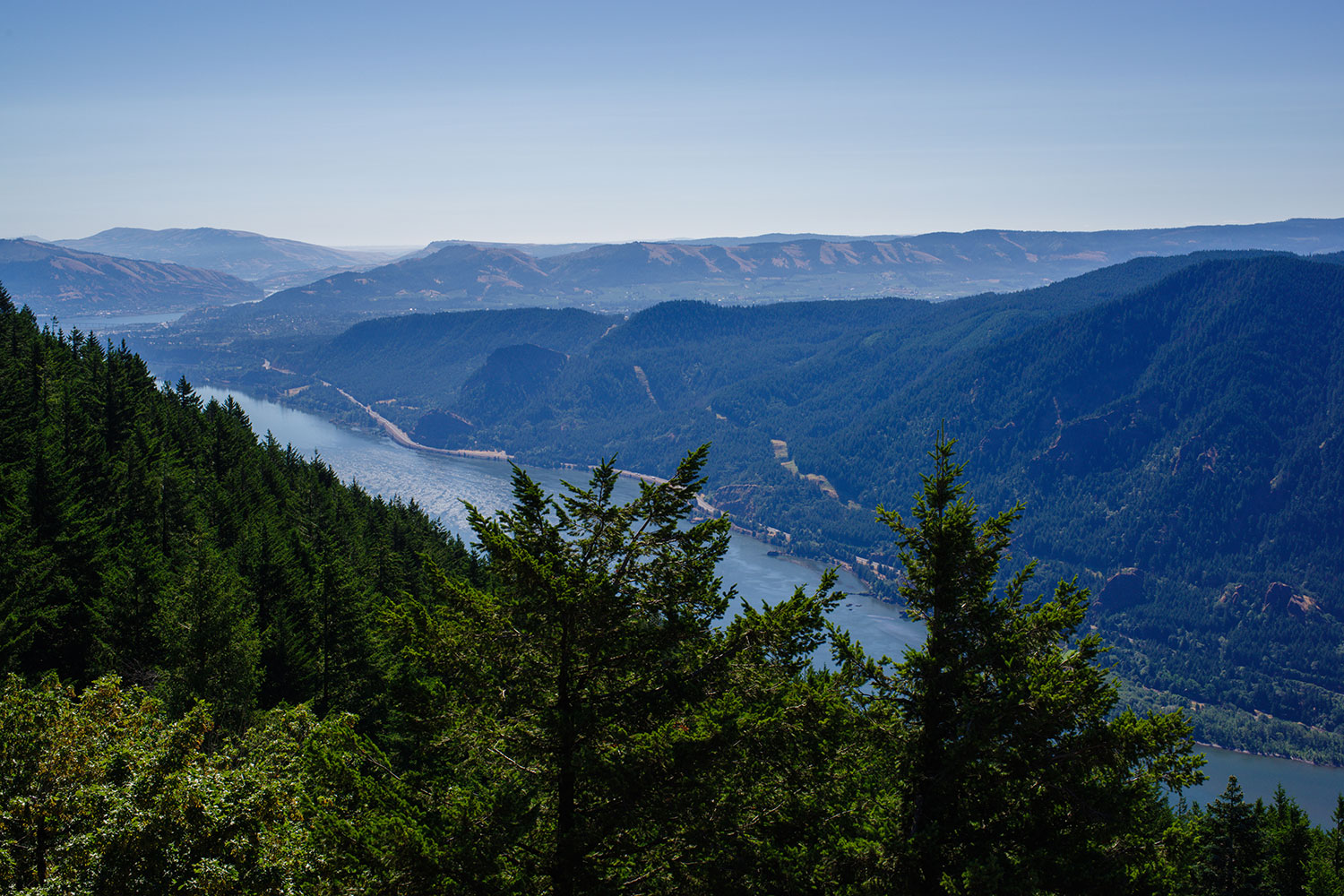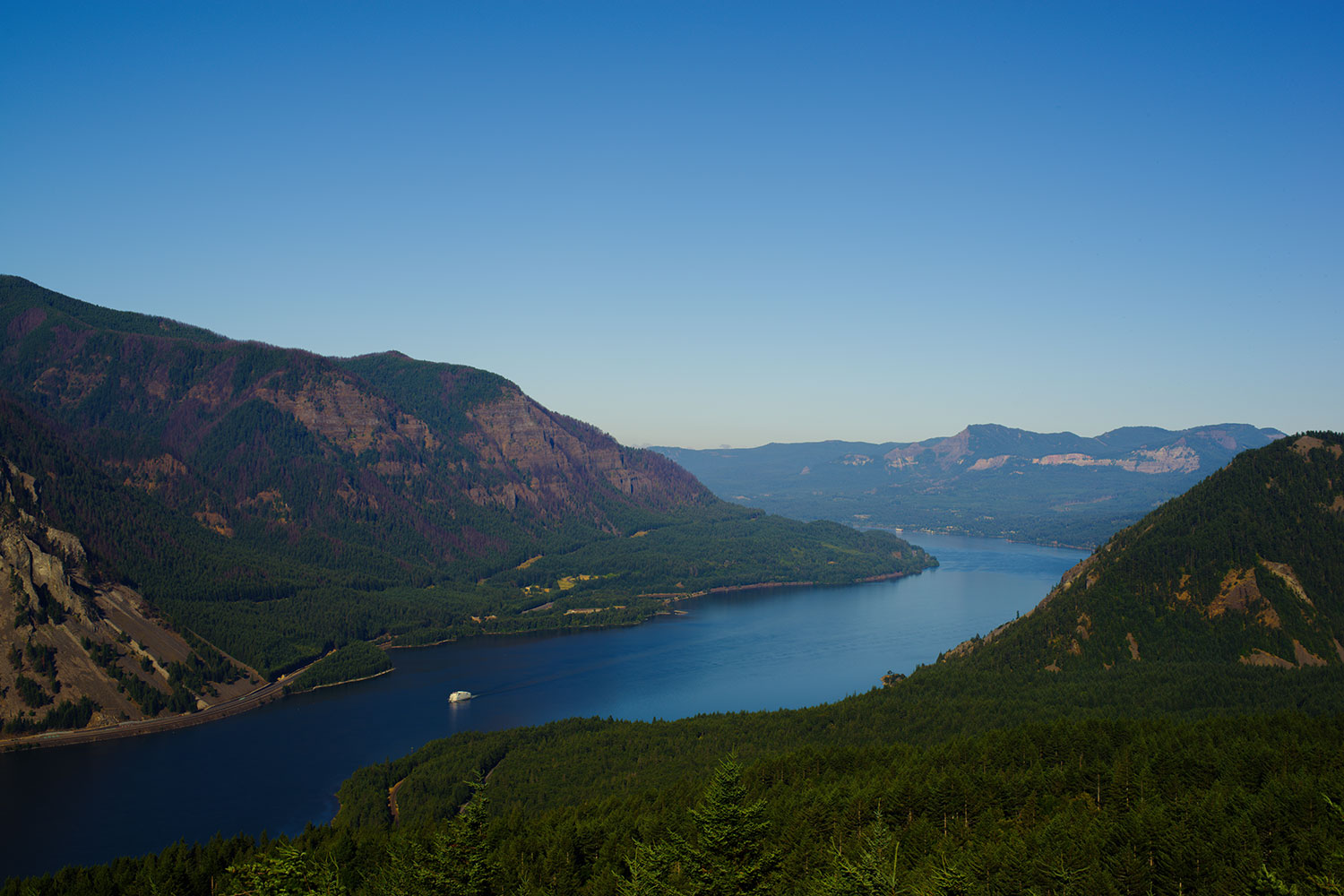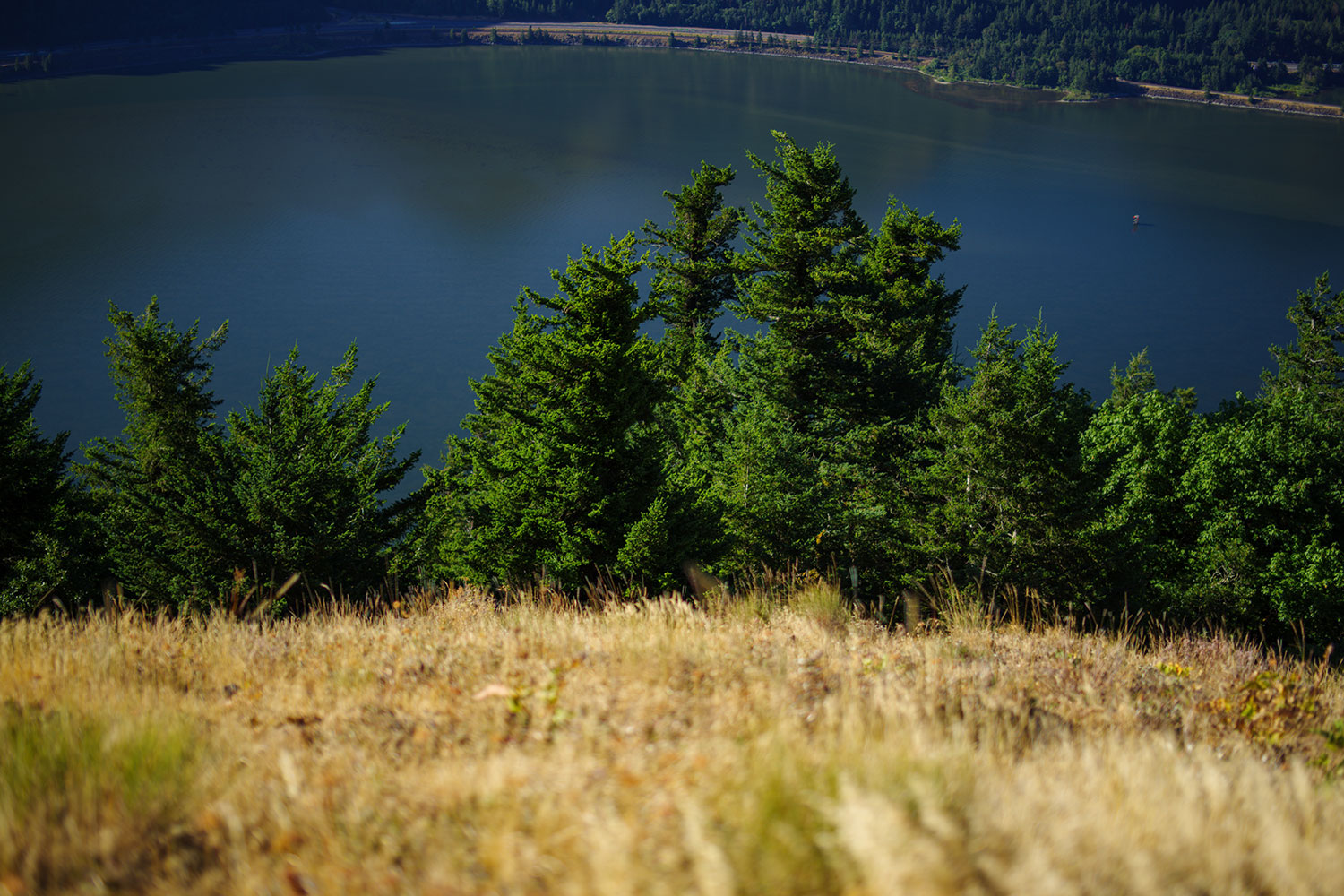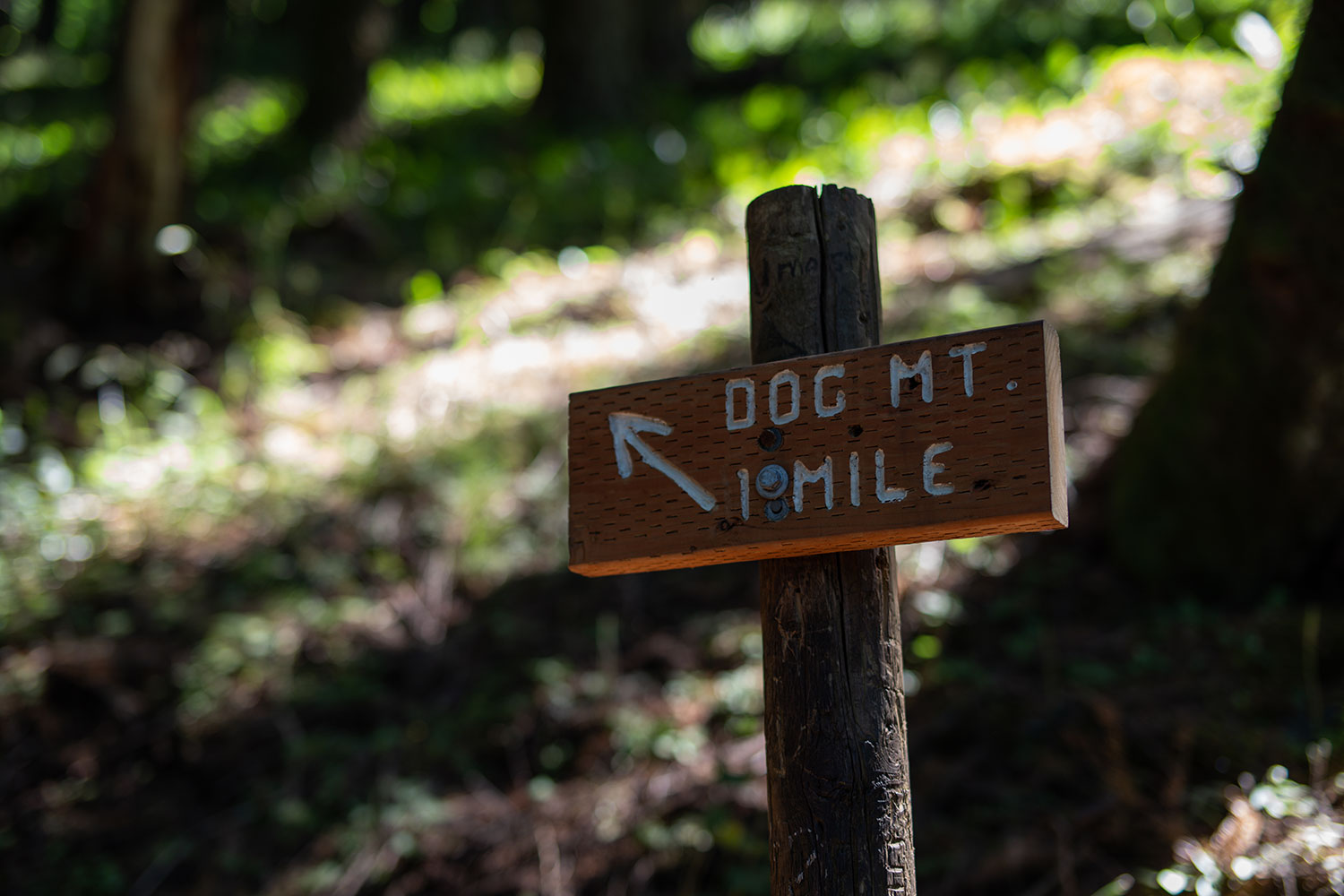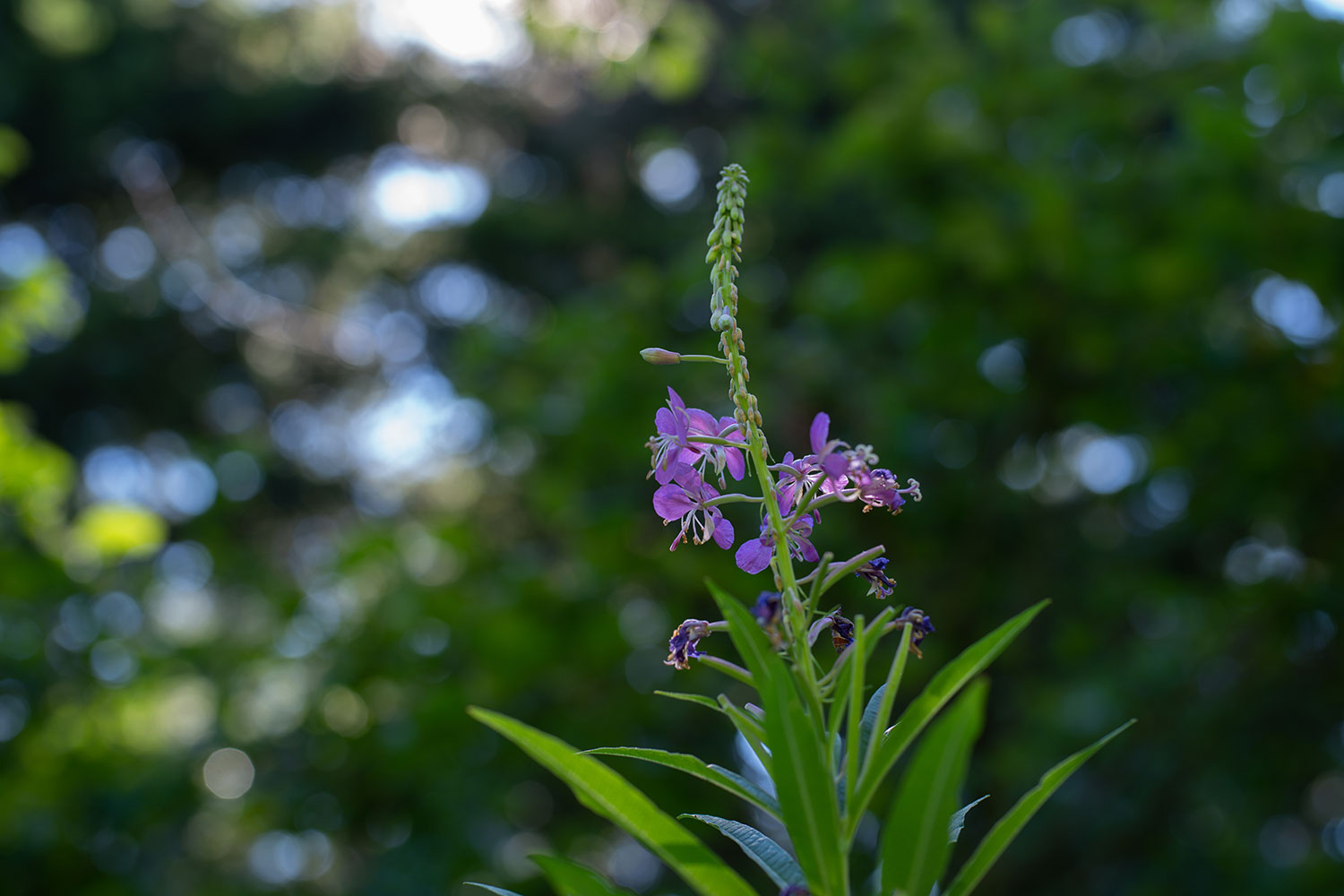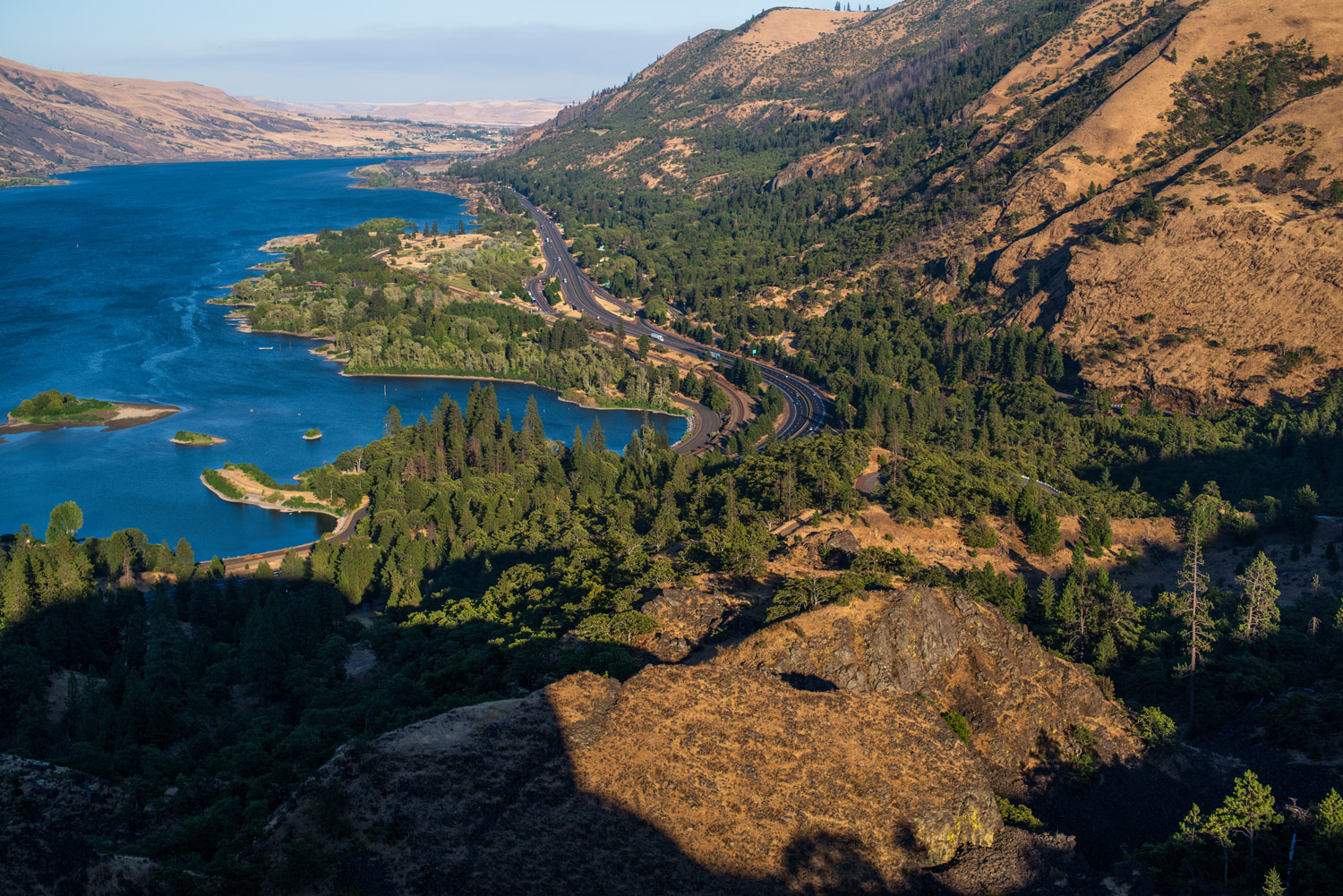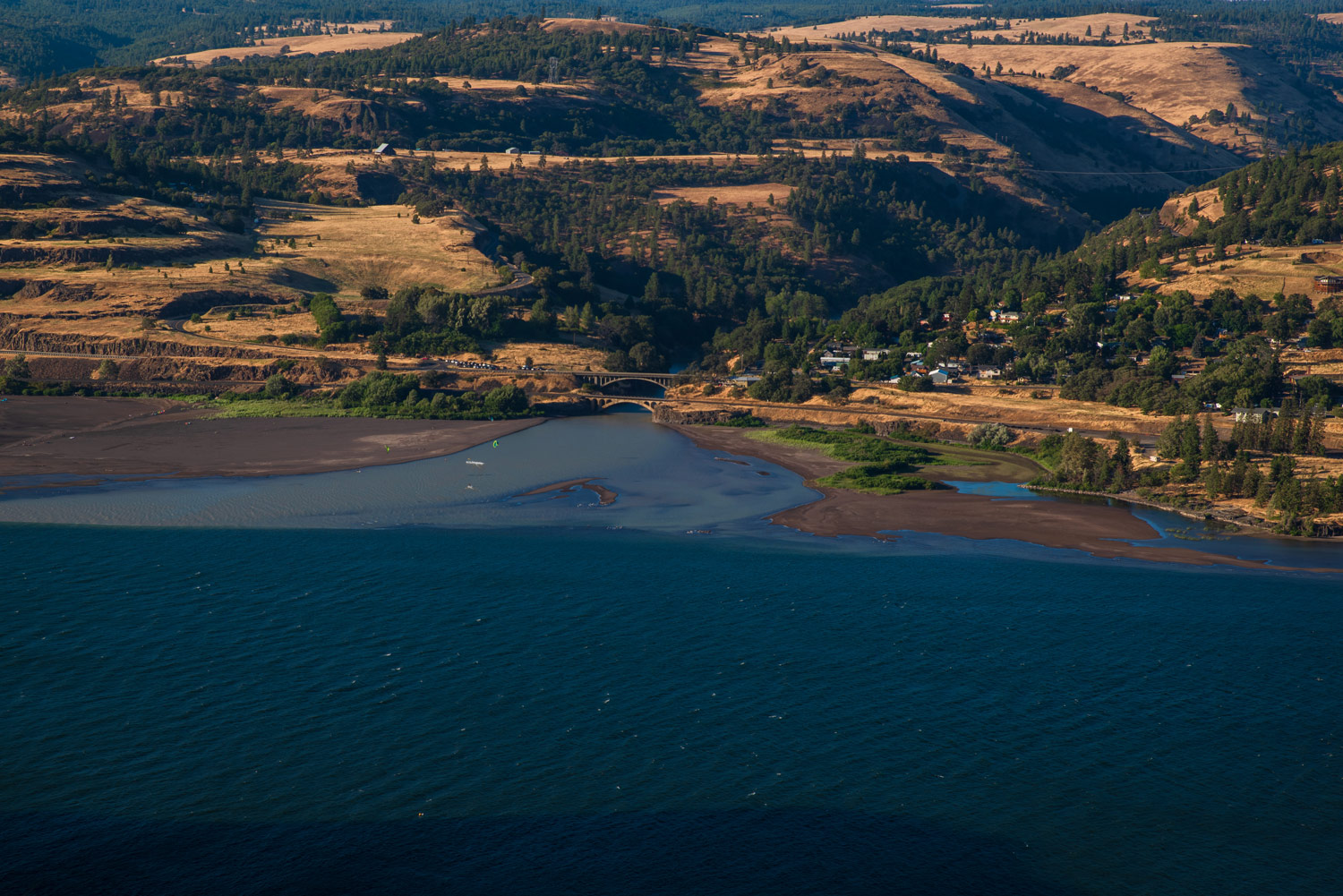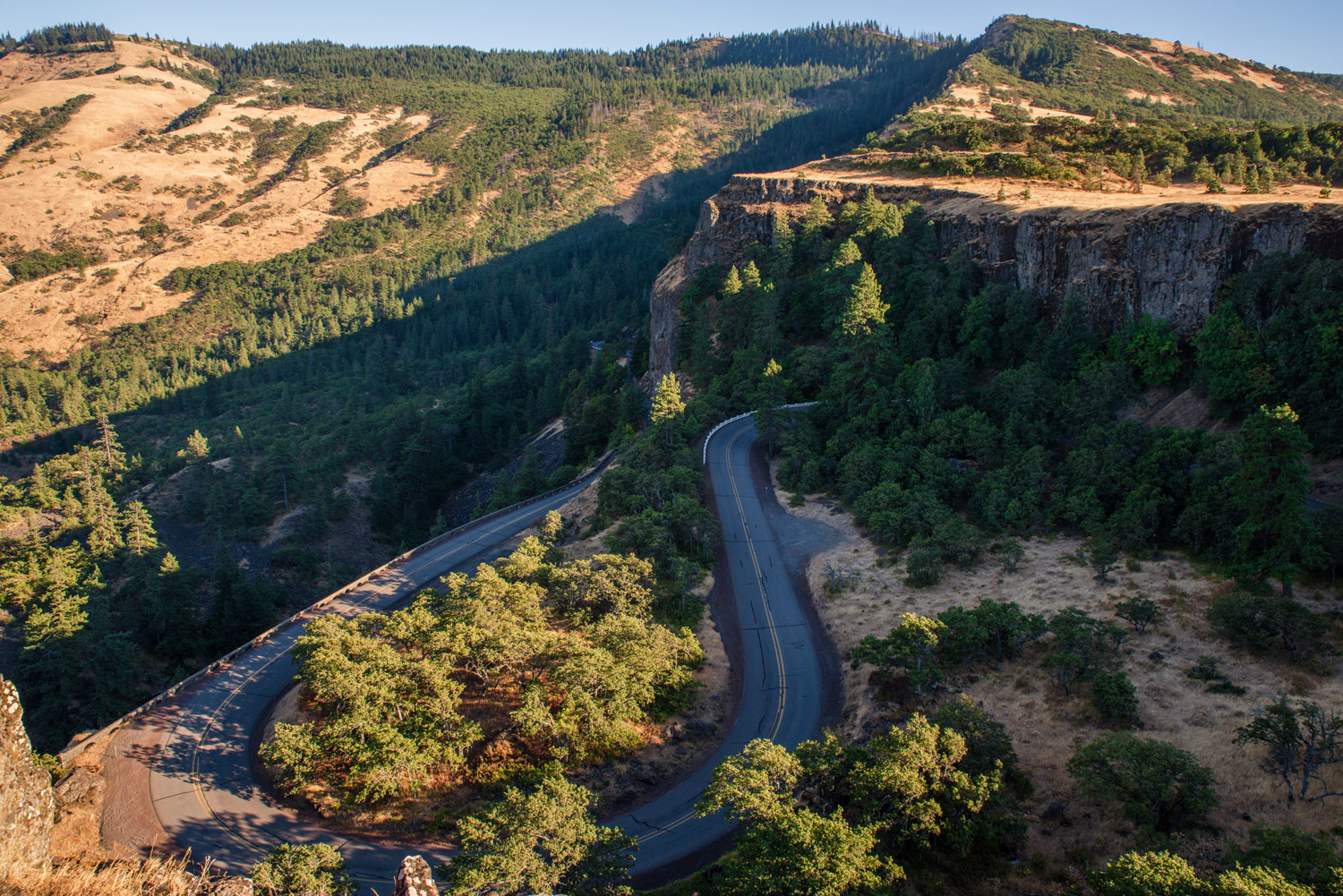“It has an edge in the right conditions, but the Pentax K-1 II has few glowing features.”
- Excellent build quality
- Great image quality
- 5-axis stabilization
- Pixel Shift Resolution
- Unique, functional control layout
- Upgrades over K-1 are of limited use
- Pixel Shift requires Ricoh software
- Slow burst rate
- Lackluster video specifications
Canon or Nikon? Even today, when the answer is so often “Sony,” it’s not uncommon to hear that question when two photographers run into each other. But there has long been another name in the DSLR game: Pentax (now owned by Ricoh). For some time, it seemed content to maintain a position on the sidelines as a value brand, but 2016’s Pentax K-1 finally thrust the company into the fray as a real contender. It was Pentax’s first full-frame DSLR, built around a 36-megapixel sensor, and it has now been refreshed with a Mark II version.
But where the original K-1 emerged among ample fanfare, finally giving longtime K-mount users a camera that could fully utilize their collection of film-era lenses and setting the stage for a bold new future for Pentax, the K-1 II has received a comparatively ho-hum welcome. It is an undeniably mild update, and despite a neat AI feature, it does little to bring the K-1 into the modern era and even the playing field with regard to autofocus, shooting speed, or video. The key specifications, like the 36MP sensor and Pixel Shift Resolution, are unchanged. K-1 owners may find few, if any, reasons to upgrade.
At $1,800, the original K-1 offered an affordable gateway into high-resolution, full-frame imaging — but the Mark II pushes that price up to $2,000 even as it faces fiercer competition. The 42MP Sony A7R II, which launched at $3,200, can now be found new for just $2,000.
That’s not to say the K-1 II doesn’t have some tricks up its sleeve — it also provides a satisfyingly old-school shooting experience — but we wouldn’t exactly call it impressive. Still, it offers fantastic image quality under the right circumstances and may be all the camera diehard Pentax fans need — assuming they don’t already own a K-1.
A love-it or hate-it design
On the outside, the K-1 II looks basically identical to the K-1. It’s a heavy, delightfully bulky design that will undoubtedly appeal to certain photographers while frightening others away. It weighs in at 2.4 pounds, making it heavier than even the behemoth Nikon D850 at 2.1 pounds and the impressively svelte Canon EOS 5D Mark IV at just 1.8 pounds.
The K-1 offered an affordable gateway into high-resolution, full-frame imaging — but the mark II pushes the price up even as it faces fiercer competition.
The grip feels quite good, if — surprisingly — a tad on the small side, and the main controls are clustered close to your thumb and index finger making them easy to reach. There is no autofocus joystick, but a toggle button switches the four-way keypad into a dedicated focus point selector. It remains in that mode until you hit the button again. There are only two customizable function buttons.
As with the K-1, the LCD uses a four-point hinge that allows it to twist in addition to tilt up and down. It can’t flip a full 180-degrees, however, so no selfies for you. On the mode dial, in addition to shutter and aperture priority modes, you’ll find sensitivity priority. This lets you control ISO while the camera handles shutter speed and f-stop automatically. Yes, this is standard behavior for how program auto works on most cameras, but we like how Pentax has split sensitivity priority into its own mode — you don’t need to worry about toggling auto ISO on and off in a menu.

On the opposite side, you’ll find the standard command dials for shutter speed and aperture, as well as a multifunction dial that controls whatever setting is selected on its parent dial. We set this to ISO, which then allowed us to cover the entire exposure triangle without ever having to hit a modifier key.
We also like that Pentax didn’t skimp on the optical viewfinder, which is obviously an important part of a DSLR. With 100-percent coverage and a magnification of 0.7x, it competes with other high-end full-frame cameras and offers a great way to frame your shot.
Pushing pixels
One of the unique features of Pentax DSLRs is the Pixel Shift Resolution mode found on some models, including the original K-1. This uses the sensor-shift stabilization system to move the sensor by a pixel’s width in a box pattern, saving a picture at each corner, to create a four-image composite that records full RGB color information at each pixel location. Normally, pixels only record a single color of light and need to be merged to create a full-color image in a process called demosaicing. While this process works incredibly well, it does mean most digital cameras aren’t really producing a resolution that is true to their pixel counts.
If a modern mirrorless camera is a streaming music service, the K-1 is a turntable.
As it relies on multiple exposures, Pixel Shift requires the use of a tripod (or other steady resting surface) and can cause issues if there is any movement in the frame. Sigma’s multilayer Foveon sensors, like the one found in the SD Quattro H, capture full RGB data at each pixel without multiple exposures, but these chips come with a host of their own drawbacks. Pentax’s Pixel Shift is a way to bring this bump in image quality without giving up the benefits of a traditional Bayer sensor.
But one of the things Pentax users wanted after the K-1 was a handheld Pixel Shift mode, and the K-1 II offers exactly that. Well, maybe not exactly. Although the function resides inside the Pixel Shift submenu, it doesn’t do the same thing that tripod-based Pixel Shift does. Instead, it uses the photographer’s natural movement to take four slightly different images, then aligns them and stacks them. In our experience, when it worked it had a negligible effect, and often it simply didn’t work and actually reduced detail due to motion blur.

Even the standard, tripod-based Pixel Shift mode isn’t always worth it, however. We found that with any movement in the frame, even with Motion Correction turned on, images were prone to artifacts around the edges of moving objects. It is imperative to have a static scene as well as a perfectly still camera — plagued by heavy winds, we found this particularly challenging, and our Pixel Shift photos often turned out softer than our single-exposure images.
Now, one thing we should point out is that Adobe doesn’t fully support Pixel Shift RAW files, particularly Motion Correction, so results tend to look much worse inside of Lightroom or Camera Raw. If you want to get the most out of Pixel Shift, you’ll need to use either SilkyPix or Ricoh Digital Camera Utility, both of which are provided with the camera and both of which are quite slow and clunky to use compared to the likes of Lightroom. Only Digital Camera Utility fully supports the handheld Pixel Shift mode at this time.
But even inside of these programs, results were still not perfect. Being able to use Motion Correction naturally makes a big difference, but within SilkyPix, there were still plenty of errant green and pink pixels in things like water and foliage. Digital Camera Utility did a better job here, particularly with regard to how it rendered water in a Pixel Shift file, although a standard single-exposure image still looks better in such a scene.
In our experience, even in controlled, wind-free conditions with a static subject, the resolution difference between a Pixel Shift composite and a standard exposure was quite minimal. Minute details have a bit more pop to them, but you’ll only notice this when viewing the image at 100-percent. The more important improvement may be the bump in dynamic range and reduction in noise that results from compositing four frames into one, which can lead to a marked improvement in shadow detail. But this, too, won’t be appreciated in every situation.
Fortunately, even without Pixel Shift, images still look great — this is one of the highest quality sensors on the market, even if it’s not the newest. But we’re puzzled as to why Pentax stopped at simply recording RGB data at every pixel, rather than using Pixel Shift to take a total of eight exposures to also increase spatial resolution. This is how the high resolution modes on the Olympus OM-D E-M1 Mark II and Panasonic Lumix G9 work, and they make quite a difference compared to a single-exposure image.
Image quality
We tested the camera with both the FA 24-70mm F2.8 SDM WR and the new FA* 50mm F1.4 SDM AW lens (that’s not an asterisk, it simply indicates Pentax’s new Star Series of high-end lenses). The 50mm is beautiful, very sharp even wide open, and has nice subjective qualities. We’re glad to see Pentax moving into premium territory with its glass, especially as third-party premium brands like Sigma have stopped producing lenses in Pentax K-mount. Thanks to the K-1 II’s in-body image stabilization, this is one of the best camera and prime lens combinations you can get on a DSLR. The FA* 50mm does cost $1,200, however, which is quite high for a normal focal length lens, especially from what many people consider to be a more budget-friendly camera brand.
While the sensor itself is not new, again, it is still very good. 36MP is more than most people need and the lack of a low-pass filter further improves sharpness. Like the K-1, the camera can simulate the effect of a low-pass filter by vibrating the sensor ever so slightly. If you need to photograph textiles or other fine patterns, this might come in handy in order to prevent moire. Dynamic range is also impressive, although multiple independent tests have shown that under extreme exposure pushes, shadows will shift toward magenta — a problem not seen on the original K1. In real-world situations, we never noticed this.
One seemingly huge improvement is the sensitivity, which now maxes out at a staggering ISO 819,200 — up from 200,000 or so. This is achieved thanks to a new Pentax-developed Accelerator Unit, which is a sort of pre-processor that supposedly reduces noise and increases dynamic range. High ISO files do appear cleaner as a result, but the flip side of this is that they have slightly less detail. There’s no way to deactivate the Accelerator Unit, so it’s like having noise reduction permanently turned on — even when shooting in RAW. Still, we feel the general user will likely appreciate having less noise, but some photographers would likely prefer to make the choice themselves. There is some debate, for example, as to whether or not the accelerator unit is a positive or negative when it comes to astrophotography, a discipline that requires both fine detail retention and noise reduction.
One seemingly huge improvement is the sensitivity, which now maxes out at a staggering 819,200 ISO.
Speaking of astrophotography, the K-1 II also has GPS built-in that works in conjunction with the gimbaled sensor to offer what Pentax calls Astrotracer mode. What does this have to do with image quality? By knowing your location on Earth, Astrotracer moves the sensor in sync with the night sky, allowing you to push the exposure time a bit longer while still keeping the stars as fixed points of light, rather than streaks. But, as with most of the other features on the Mark II, Astrotracer was already included on the first K-1.
As for video, again, there’s nothing new here: 1080p at 30 frames per second. Sure, nobody is really looking to Pentax for video, but it would have been nice to see an upgrade here. At least with the 5-axis stabilization, you can get smooth handheld shots which may give casual users better results than other DSLRs. But on the mirrorless side, there are plenty of cameras that offer 5-axis stabilization. Additionally, the contrast-detect autofocus performance is pretty abysmal in video mode.
Warranty
Ricoh offers a one-year warranty on all imaging products.
Our Take
The K-1 II is not a bad camera — in fact, viewed in a vacuum, it’s really quite good. The issue is that it represents a mild upgrade over the original that won’t bring tangible benefits to all users. If you really need extreme high ISO capability, it will give you that — but there’s no fighting physics, and shots at 819,200 ISO still don’t look very good. The autofocus performance improvements are appreciated, but given this camera’s narrow appeal to landscape photographers, it probably doesn’t make a huge difference. In practice, we did find it to work decently well for portraiture, where we were also impressed by the new Star Series 50mm lens.
Is there a better alternative?
If we limit ourselves to just the new market, there are two that come to mind: The Sony A7R II and, naturally, the original Pentax K-1. The K-1 can be found for just around $1,600, at least for now, while the Sony is equal to the K-1 Mark II at $2,000. The Sony doesn’t have Pixel Shift or Astrotracer, but it does have a few more megapixels, a more portable form factor and weight, and much better video features.
How long will it last?
The K-1 II is incredibly well built so we expect it to last a long time. From a technology perspective, however, it is already outdated in many respects.
Should you buy it?
Most photographers should take a pass on this camera. While it was easy to recommend the K-1 at least to existing Pentax users, the Mark II is more difficult. Many of its improvements are simply not useful enough, and the changes we would have liked to have seen — broader AF point coverage, faster continuous shooting, a touch screen — simply aren’t there. But there is still a lot of potential here, and with Pentax putting out some great lenses now, we hope it will continue to develop its full-frame cameras.
Updated with information on using Ricoh Digital Camera Utility to process Pixel Shift RAW files and to include sample images from the Pentax-D FA 24-70mm F2.8 lens.





